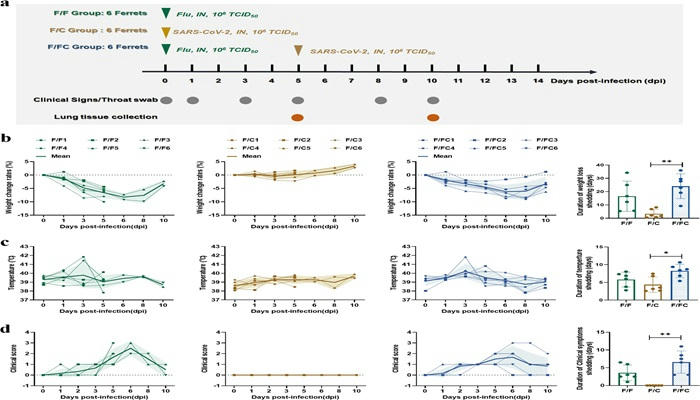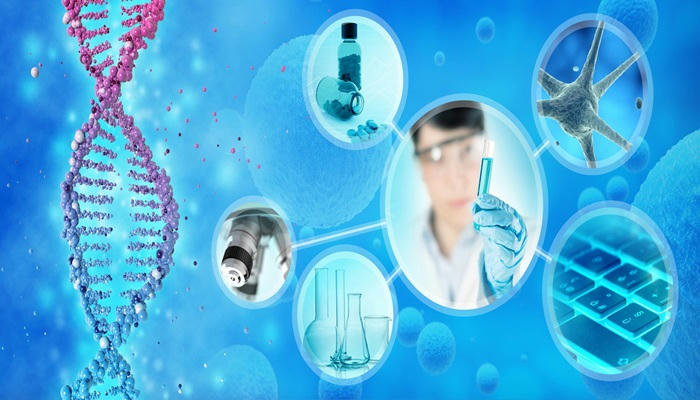Combating Infectious Diseases in America: Strategies, Challenges, and the Road Ahead
Infectious diseases have long been a major public health concern in the United States. While medical advances and vaccination programs have significantly reduced the impact of many once-deadly infections, new and reemerging pathogens continue to pose challenges. This article examines the historical context, current challenges, effective strategies, and future prospects in America's fight against infectious diseases.
Historical Context: From Epidemics to Modern Medicine
The history of infectious diseases in America reflects a battle between human ingenuity and microbial adaptation:
- Colonial-era epidemics of smallpox and typhoid shaped early settlement patterns
- 20th-century vaccine breakthroughs (polio, measles) transformed public health
- Antibiotic resistance emerged as a critical challenge, exemplified by MRSA

Current Threats: A Multifaceted Challenge
Viral Challenges
- Seasonal influenza: Causes 12,000-52,000 deaths annually
- COVID-19 pandemic: Revealed systemic healthcare vulnerabilities
- Emerging pathogens: Zika, Ebola, and novel coronaviruses
Bacterial & Other Threats
- Antibiotic-resistant infections: MRSA kills 20,000+ Americans yearly
- Foodborne illnesses: 48 million cases annually from pathogens like Salmonella
- Healthcare-associated infections: C. difficile costs $6.3 billion yearly
Prevention Strategies: A Layered Defense
Core Public Health Measures
- Vaccination programs: 90%+ effectiveness for measles/mumps/rubella (MMR)
- Sanitation infrastructure: Clean water initiatives prevent 700,000+ deaths/year
- Vector control: Reduced malaria cases by 99% since 1947

Technological Innovations
| Technology | Impact |
|---|---|
| mRNA vaccines | 95% efficacy against COVID-19 |
| AI epidemiology | 30% faster outbreak detection |
| Telemedicine | 40% reduction in unnecessary visits |
Case Studies: Lessons from the Frontlines
H1N1 Influenza (2009)
- Vaccination: 80 million doses administered in 6 months
- Economic impact: $40-60 billion loss avoided through rapid response
COVID-19 Pandemic
- Vaccine development: 11 months from sequence to EUA (historical average: 4 years)
- Diagnostic testing: 900 million+ tests conducted by 2023

Future Directions: Building Resilient Systems
Priority Investments
- Antimicrobial R&D: $1.5 billion needed for novel antibiotics
- Health equity: 30% of rural hospitals lack infectious disease specialists
- Global collaboration: 75% of new pathogens originate in animals
Emerging Technologies
- CRISPR-based diagnostics: 60-minute pathogen identification
- Nanofiber masks: 99.9% viral filtration efficiency
- Blockchain tracing: 90% accuracy in outbreak source identification

Conclusion: A Collective Responsibility
America's fight against infectious diseases requires sustained effort across three pillars:
- Scientific innovation to outpace pathogen evolution
- Equitable healthcare to protect vulnerable populations
- Public engagement to combat misinformation
Critical individual actions:
- Adhere to vaccination schedules
- Practice proper hand hygiene (20-second rule)
- Support antimicrobial stewardship programs
The path forward demands collaboration between government agencies, healthcare providers, researchers, and communities. Through continuous innovation and shared responsibility, America can build a healthier future resilient to infectious disease threats.
